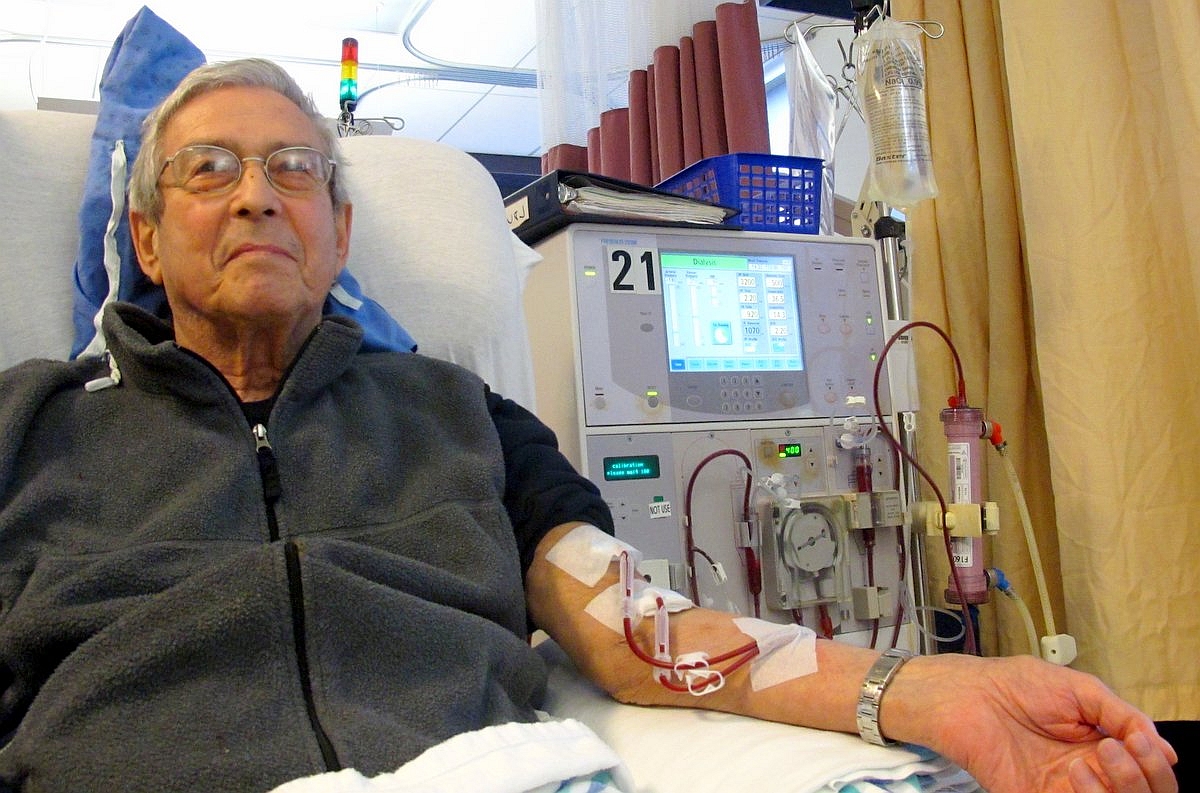GET 45% OFF THE KIDNEY DISEASE SOLUTION
Stage 4 Kidney Disease
Kidneys help in purification and filtering of blood and form an essential regulatory component in the urinary system; they also help to maintain the salt and water balance in the body and help in absorption of glucose, amino acids, and water. With these vital role, it is important to take care of this organ to avoid any types of kidney malfunction like stage 4 kidney disease or worst stage 5.
Kidneys also produce a hormone-like Renin, which helps in regulating blood volume and blood pressure. Numerous reasons may cause kidney diseases, and there are some of the Best kidney hospital that provide the latest treatment for diseases of kidney including transplants. Let us take a look at some of the major causes of kidney disease and treatment of the same.

Adult renal cancer is the most common renal cell carcinoma that affects kidneys. Based on function, kidney diseases may be divided into chronic or acute renal failures, depending on the disease that affects the patient. Chronic kidney renal failure develops slowly and does not show any symptoms initially, but it develops progressively until it reduces the glomerular filtration rate which ultimately leads to kidney dysfunction.
This happens in five phases, and the fifth stage is considered to be the final one which is characterized by a total loss of kidney function.
Acute renal failure develops in a relatively short span of time and is accompanied by visible symptoms like reduction in the level of urine, irregular electrolyte level and change in the fluid levels of the body.
There are best kidney hospitals that offer complete treatment to both acute as well as chronic renal failures, and in the cases where treatment is not adequate, kidney transplant are carried out.
GET 45% OFF THE KIDNEY DISEASE SOLUTION
There are several stages of kidney infections such as:
1. Acute pyelonephritis: This is an early stage of infection that can be treated with antibiotics or herbal medicines.
2 .Chronic pyelonephritis: This active kidney infection has severe symptoms that exacerbate uncontrollable levels and damage urinary tract infections.
3. Emphysematous Pyelonephritis: this condition occurs between diabetic infections. This acute disease is characterized by the presence of gas molecules near the kidney and the surrounding area.
4. Pyonephrosis: this condition of the urinary tract leads to a ureteral block. Therefore, it can not transfer urine from the kidney to the urinary bladder. Thus, it interrupts the functioning of the urinary tract and causes serious health risks.
5. Acute abscesses: at this stage of the kidney infection, you can detect stool in a bag near the area of the kidney. Occasionally, renal failure leads to complete renal failure.
Stage 4 kidney disease has a high-level kidney damage associated with a relentless drop in glomerular filtration rate (GFR). It is possible that a patient with stage 4 kidney disease will need kidney transplant. In this case, the patient is expected to develop complications from chronic kidney disease.
GET 45% OFF THE KIDNEY DISEASE SOLUTION
Symptoms of Stage 4 Kidney Disease

• Fatigue: A person is likely to cause complications such as anemia. Anemia causes persistent fatigue.
• Swelling: Your body can not handle fluids properly. Much of the fluid remains in the body instead of being excreted. It appears swollen to the lower legs, mainly around the ankles, around the wrists and pockets under the eyes. Accumulation of liquids in the lungs causes shortness of breath.
• Urinary changes (frequency, color and appearance): the urinary effect is significant or smaller. The urine color is usually dark – tee color, dark orange or brown. It also changes in appearance. It turns foamy.
• Pain in the lower back: Back pain is not a very common symptom of chronic kidney disease. However, some people complain of lower back pain.
• Loss of Appetite and Nausea: CKD’s people develop the taste of metal in the mouth. This causes anorexia. They also complain of nausea and vomiting, even if they are not persistent.
• Uremic Breath: This is another symptom observed in stage 4 kidney disease. Kidneys can not handle urea, so it accumulates in the blood. The condition is called Ureal. Urea accumulation causes poor breathing.
• Weakened nerves: nerves deteriorate with age; kidney infections accelerate nerve damage. Feet and hands have a diminished feeling. Some feel a little stinging sensation. Reduced concentration and vigilance also characterize the condition.
Treatments at this stage are many. Blood pressure is often treated with diuretics, although some of these can cause disturbances with potassium concentrations. Drugs can efficiently prevent anemia with erythropoietin-like medicines. Medicines may prevent bone disease, and diet can reduce most of the phosphorus/calcium imbalance.


